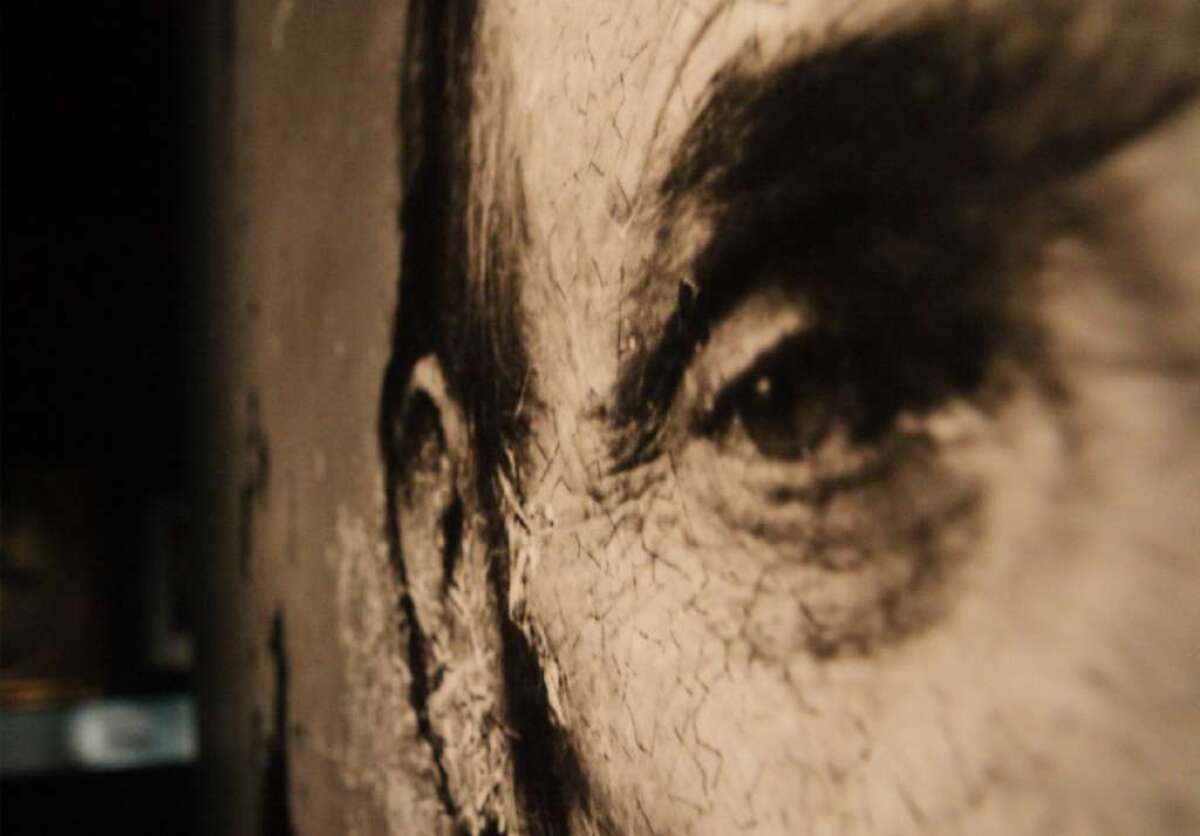Op-Ed: How a bishop moved Lincoln, and saved 265 Dakota Indians

- Share via
The Founding Fathers had good reasons for explicitly barring government from inserting itself into matters of religion. But nothing in the Constitution forbids a president from consulting with clerics, and meetings between presidents and religious figures have, on occasion, helped shape history.
One such time came when an Episcopal Church bishop traveled to Washington from Minnesota to try to persuade Abraham Lincoln to make wholesale changes in the corrupt and brutal ways the federal government treated Native Americans. The entreaty may well have saved hundreds of Dakota Indians from execution — and the nation from a huge injustice.
Bishop Henry B. Whipple, a native of upstate New York, was an unlikely advocate for Native Americans. A missionary priest in Chicago until he was elected Minnesota’s first Episcopal bishop in 1859, he didn’t even know a Native American until he was 37 years old.
In Minnesota, however, Whipple not only met Indians he respected, he also saw firsthand how the federal Office of Indian Affairs conducted itself, and he soon concluded that the agency was corrupt and that its agents were mostly political hacks who cared little about those they were supposed to serve. He also came to regard the traders licensed to do business with Indians as a problem: greedy, dealing illegally in liquor and abusive of Indian women. And, as with so many other social reformers through history, Whipple regarded the situation not only as an injustice but as an offense to religious principles that demanded action
In 1860, he began a letter-writing campaign, laying out his concerns and proposing ideas to remedy the problem. He wrote to Episcopalian groups, influential business friends, Minnesota’s congressional delegation, to Lincoln’s predecessor, President James Buchanan (who never responded), and ultimately to Lincoln himself. Critics called the bishop naive and claimed his interventions on behalf of Native Americans were causing him to neglect his white flock, something he denied.
Early in 1862, he received from Lincoln a courteous reply to one of his letters. The bishop, wanting to press the matter further, traveled to Washington to meet with Lincoln in mid-September 1862, a fraught and momentous time. Confederate Gen. Robert E. Lee had just invaded Maryland and seemed poised to threaten Washington. Lincoln had privately drafted a preliminary Emancipation Proclamation to free the South’s slaves, which he would release if Union forces defeated Lee.
In Minnesota, things were also chaotic. Members of the Dakota tribe, angry about what they saw as broken government promises, had risen against white settlers and attacked the state’s slim military defenses. The Dakotas had traded their land (24 million acres) for promises of a government annuity that would allow them to purchase food, farming implements and other things to help them make the transition from hunting to an agricultural economy. But much of the annuity had been siphoned off by traders who kept the Indians in debt. Worse, annuity funds that were supposed to arrive in June 1862 had not come, and no one seemed to know when the money would arrive.
When violence erupted on Aug. 18, hundreds of farming families perished in what became known as the Dakota War. Whipple — who appropriately described the attacks as a massacre — went to the settlers’ aid, establishing a hospital near the fighting, then traveling East to raise money for refugee families and to try to resolve the Indian suffering that had led to the violence.
By the time he sat down with Lincoln in the president’s office, the bishop had honed his message to an unerring directness: Corrupt government dealings with Native Americans led to the Indians’ abuse, which endangered them and, by extension, all who lived nearby. Lincoln listened closely, enough so that he would later tell a friend that Whipple’s testimony had “shaken him down to his boots.”
Whipple, through his analysis of government-Indian relations, gave Lincoln a lens through which to evaluate the Dakota War. The conflict ended in late September, after which a military tribunal tried nearly 400 Dakotas. By early November, it had sentenced 303 of them to death by hanging. The Army general in charge and Minnesota’s governor urged Lincoln, the ultimate authority in the case, to order the executions at once.
The president instead decided to review the cases, one by one. In the meantime, Whipple persuaded his church’s Northern bishops to sign on to his call for reform — no small feat, as the bishops were loath to speak out on anything (slavery and secession, included) that they considered politics.
Back in Minnesota, Whipple wrote the state’s Democratic senator, Henry Rice, saying, “We cannot hang men by the hundreds…. The leaders must be punished, but we cannot afford by any wanton cruelty to purchase a longer Indian war — nor by injustice in other matters to purchase the wrath of God.”
Knowing that Rice would shortly see Lincoln, Whipple enclosed a copy of the bishops’ petition, which the senator delivered to the president.
On Dec. 6, Lincoln made his decision public: He granted reprieves to 265 Dakotas. Citing evidence of murder or rape, he approved sending the remaining 38 to the gallows. The hanging remains the largest single execution in American history.
Lincoln did not cite Whipple in his decision, but from hindsight, the bishop seems an implicit force in it, providing a case in which the intersection of religion and politics helped spare our country a far worse historical memory.
Gustav Niebuhr is an associate professor of newspaper and online journalism at Syracuse University and the author of “Lincoln’s Bishop: A President, a Priest and the Fate of 300 Dakota Sioux Warriors.”
Follow the Opinion section on Twitter @latimesopinion
More to Read
A cure for the common opinion
Get thought-provoking perspectives with our weekly newsletter.
You may occasionally receive promotional content from the Los Angeles Times.








